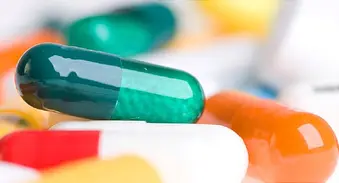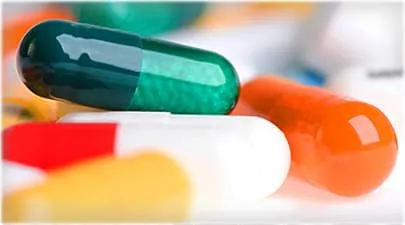How Much Do You Know About Antibiotics?


Question 1/12
Antibiotics treat infections from:
- Viruses
- Bacteria
- Fungi
Question 2/12
Antibacterial cleansers may make germs stronger against antibiotics.
- True
- False
Question 3/12
Acne treatment can lead to antibiotic resistance.
- True
- False
Question 4/12
You always need antibiotics for:
- Strep throat
- Ear infections
- Sinus infections
Question 5/12
It’s OK to stop taking antibiotics as soon as you feel better.
- True
- False
Question 6/12
What prompted the World Health Organization to change treatment guidelines for chlamydia, gonorrhea, and syphilis?
- The same antibiotics work well for all three
- Doctors have created new antibiotics just to treat these conditions
- Antibiotics may not work against them anymore
Question 7/12
How many people each year get bacterial infections that antibiotics don’t help?
- At least 1.5 million
- At least 2 million
- At least 4 million
Question 8/12
The food you eat can prevent antibiotics from helping you.
- True
- False
Question 9/12
Fewer antibiotics have been created in the past 30 years.
- True
- False
Question 10/12
How much does antibiotic resistance cost yearly?
- $50 million
- $10 billion
- $20 billion
Question 11/12
Which germ worries health officials the most?
- Clostridium difficile (C. diff)
- MRSA (methicillin-resistant Staphylococcus aureus)
- Drug-resistant tuberculosis
Question 12/12
It’s OK to take antibiotics prescribed to someone else.
- True
- False
